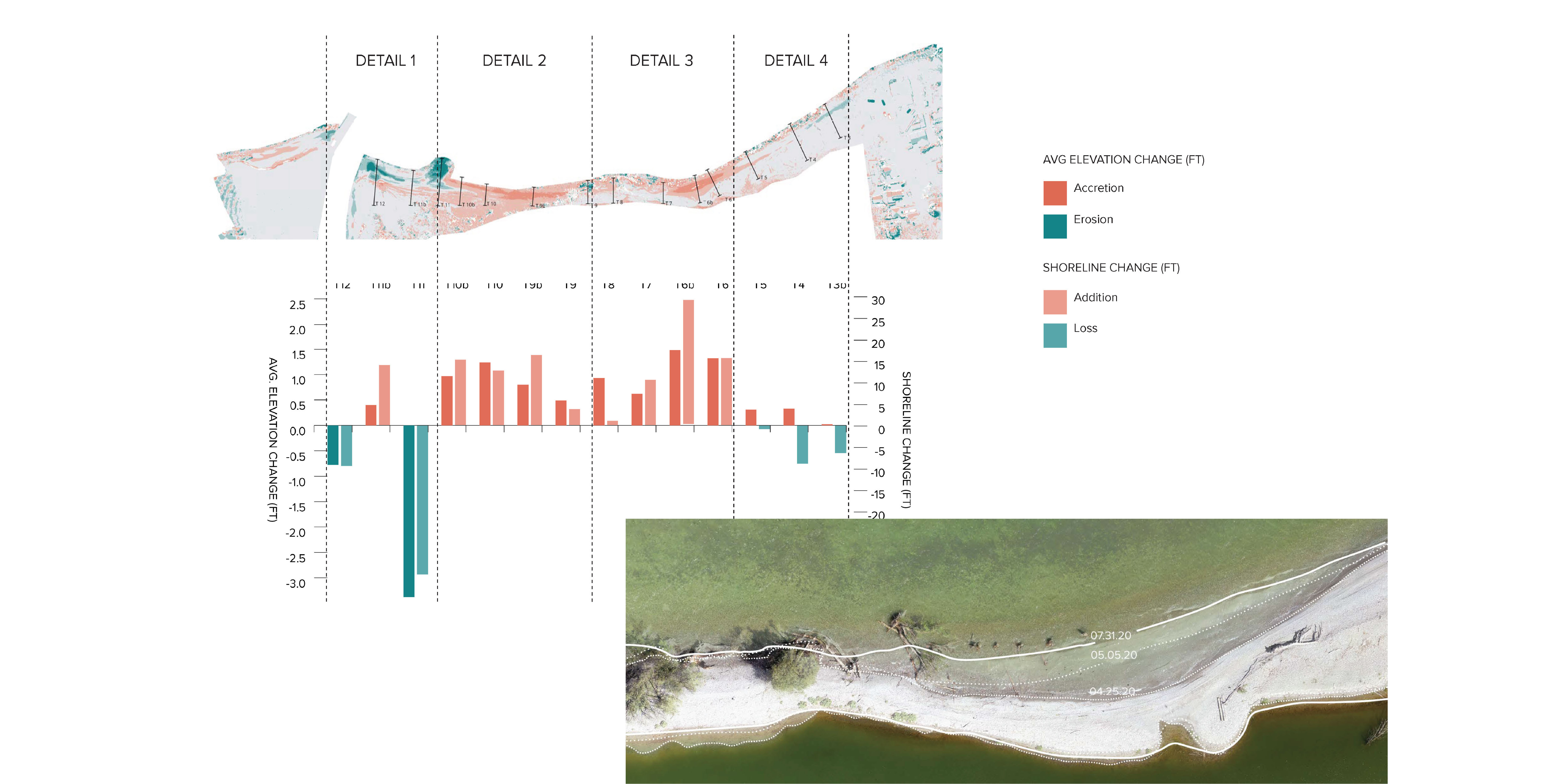Healthy Port Futures
Led By: Sean Burkholder
Iterative Physical Modeling
Timelapse imagery of iterative sediment transport experiments. These models allow for the easy comparison of different morphological configurations and transformations under wave action.










